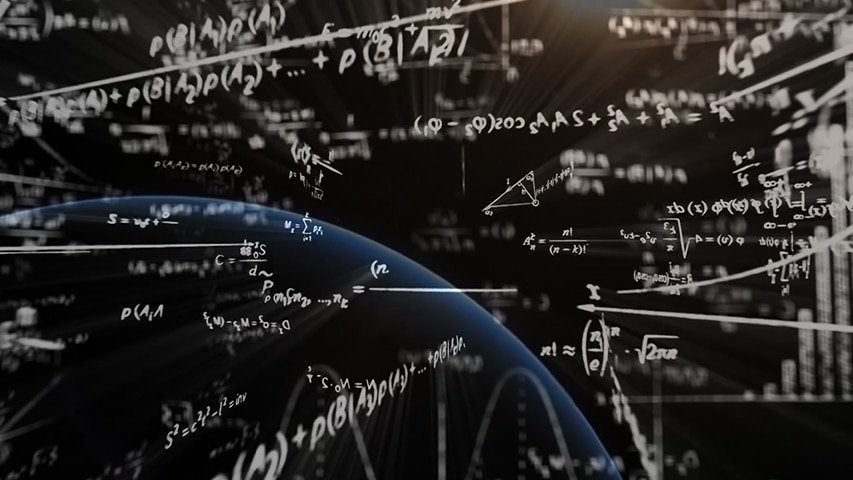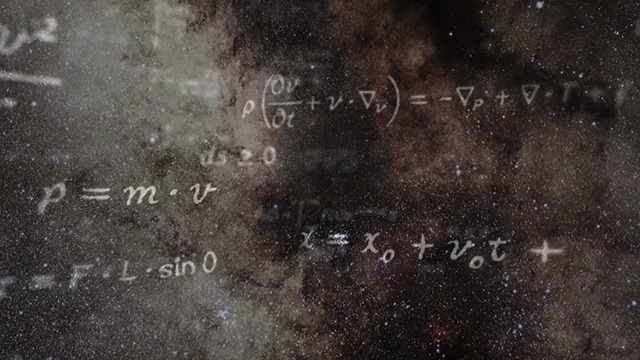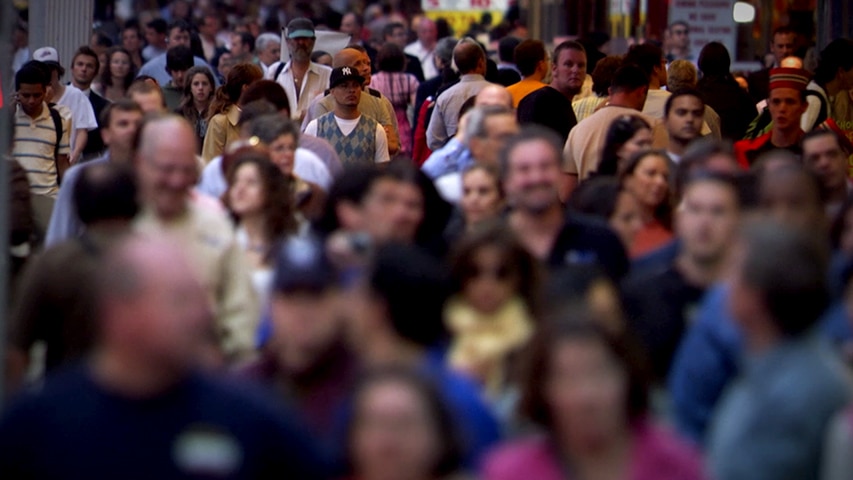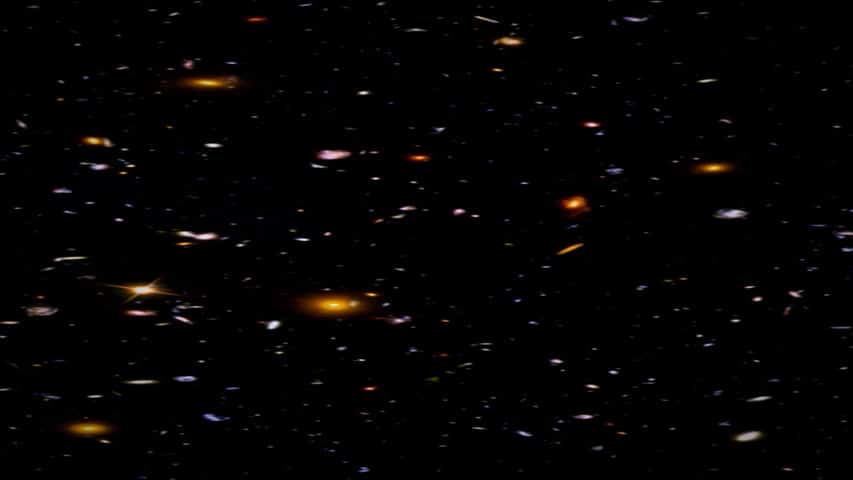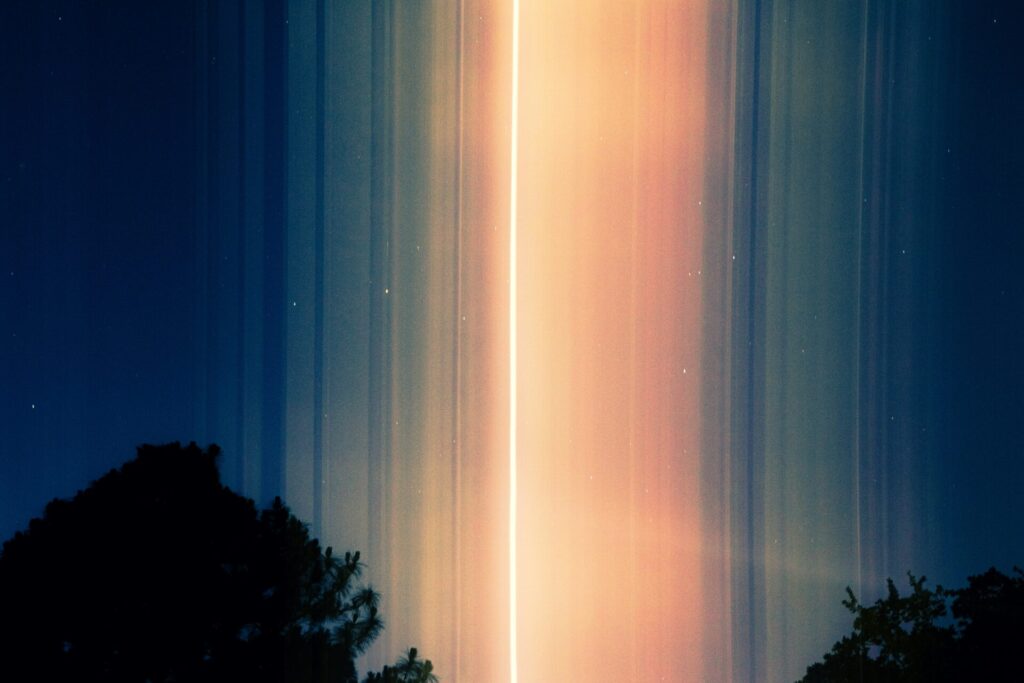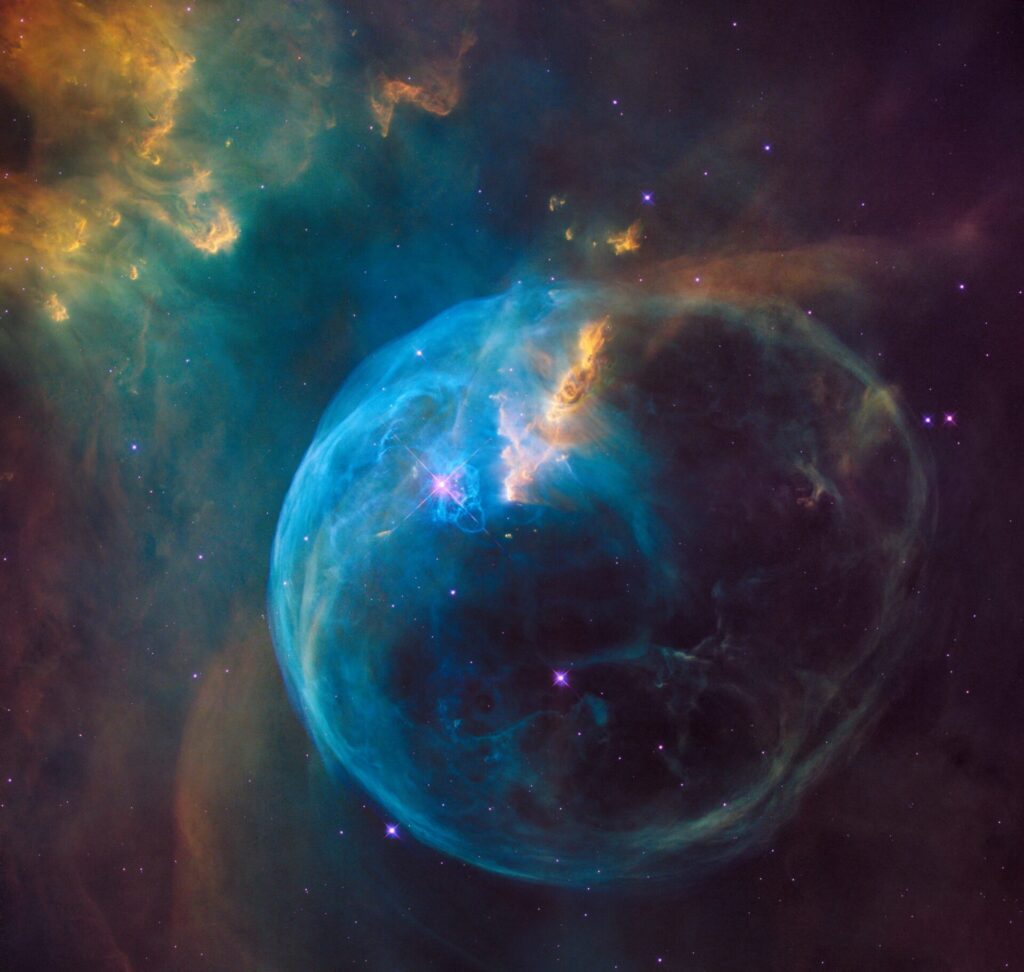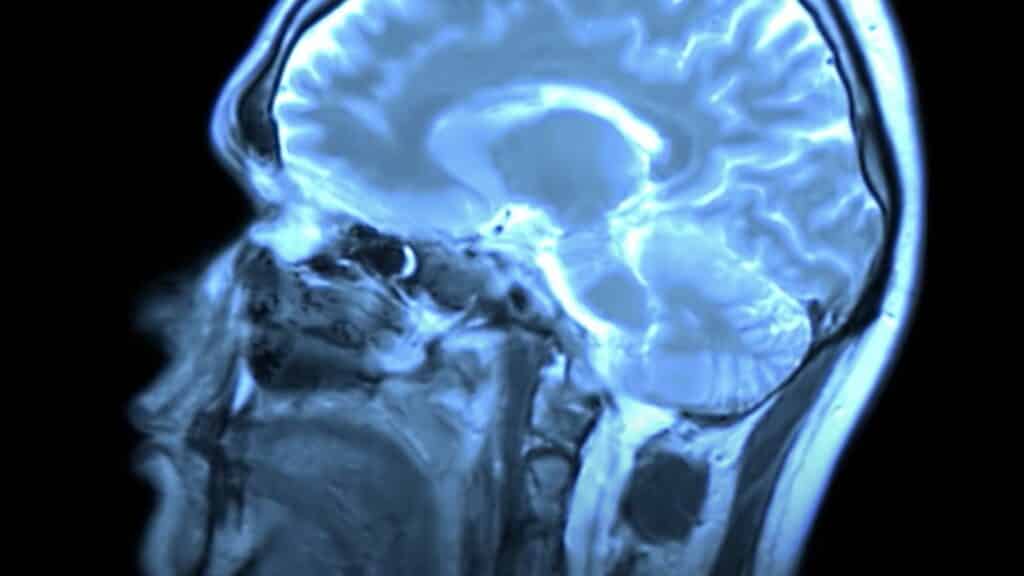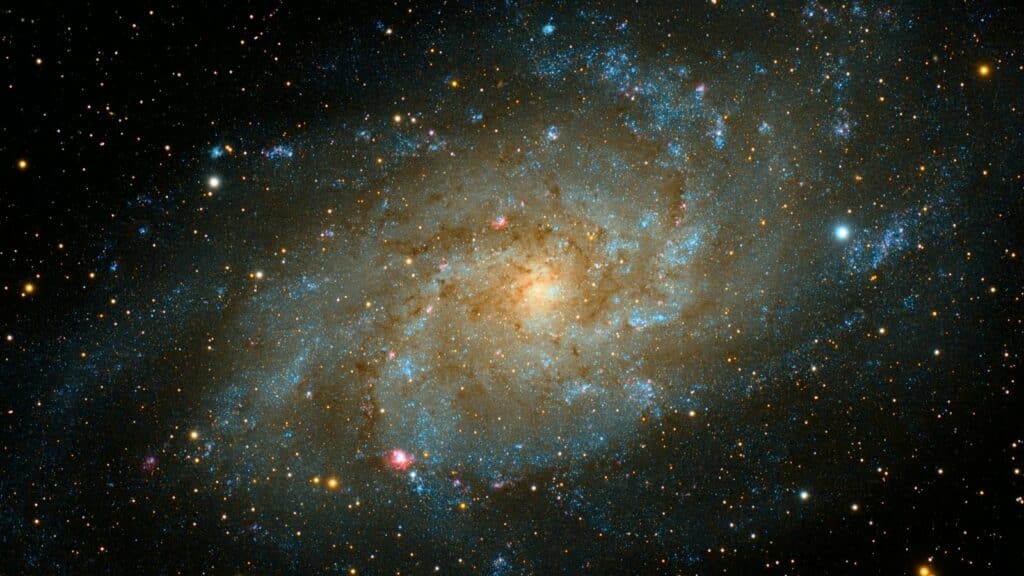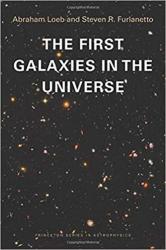Abraham (Avi) Loeb is an American/Israeli theoretical physicist who works on astrophysics and cosmology. Loeb is the Frank B. Baird, Jr. Professor of Science at Harvard University. He serves as Chair of the Harvard Astronomy department and director of the Institute for Theory and Computation (ITC) within the Harvard-Smithsonian Center for Astrophysics.
Loeb was born in Israel and took part in the national Talpiot program before receiving a graduate degree in Plasma Physics at age 24 from the Hebrew University in Jerusalem. Loeb was long-term member at the Institute for Advanced Study in Princeton, where he started to work in theoretical astrophysics. He moved to Harvard University as an assistant professor in the department of astronomy, where he was tenured three years later. Loeb had received many honors, including the Kennedy prize , the Guggenheim Fellowship, the Salpeter Lectureship at Cornell University, the Bahcall Lectureship at Tel Aviv University, the Merle Kingsley Lectureship at Caltech, the Australian Institute of Physics Lectureship at the University of Melbourne, the Distinguished Visiting Lectureship at the Carnegie Observatories, the Las Cumbres Observatory Lectureship at Santa Barbara, the Sackler Lectureship at Leiden Observatory, the Galileo Galilei Chair (“Cattedra Galileiana”) from Scuola Normale Superiore in Pisa, Italy, and the Miegunyah Distinguished Visiting Fellowship at the University of Melbourne in Australia. For over two decades he held a visiting professorship at the Weizmann Institute of Science, and was awarded a Sackler Professorship by special appointment in the School of Physics and Astronomy at Tel Aviv University.
Loeb has published over four hundred papers on a broad range of research areas in astrophysics and cosmology, including the first stars, the epoch of reionization, the formation and evolution of massive black holes, gravitational lensing by planets, gamma-ray bursts (GRBs) at high redshifts, 21-cm cosmology, the use of the Lyman-alpha forest to measure the acceleration/deceleration of the universe in real time, the future collision between the Milky-Way and Andromeda galaxies, the future state of extragalactic astronomy, astrophysical implications of black hole recoil in galaxy mergers, and imaging black hole silhouettes.
In 2006 Loeb was featured in a cover story of Time magazine on the first stars and in a Scientific American article on the Dark Ages of the Universe. In 2008 Loeb was featured in a cover story of Smithsonian magazine on black holes and in two cover stories of Astronomy Magazine, one on the collision between the Milky-Way and Andromeda and the second on the future state of our Universe. In 2009, Loeb reviewed in a Scientific American article a new technique for imaging black hole silhouettes. In 2010 he wrote a textbook entitled “How Did the First Stars and Galaxies Form?”, published by Princeton University Press. In 2012 Loeb was elected as a member of the American Academy of Arts and Sciences. In 2013, Loeb was awarded the Chambliss Astronomical Writing Award by the American Astronomical Society for the book he published in 2010. He has also been named to Time magazine’s list of Top 25 most influential people in space.

